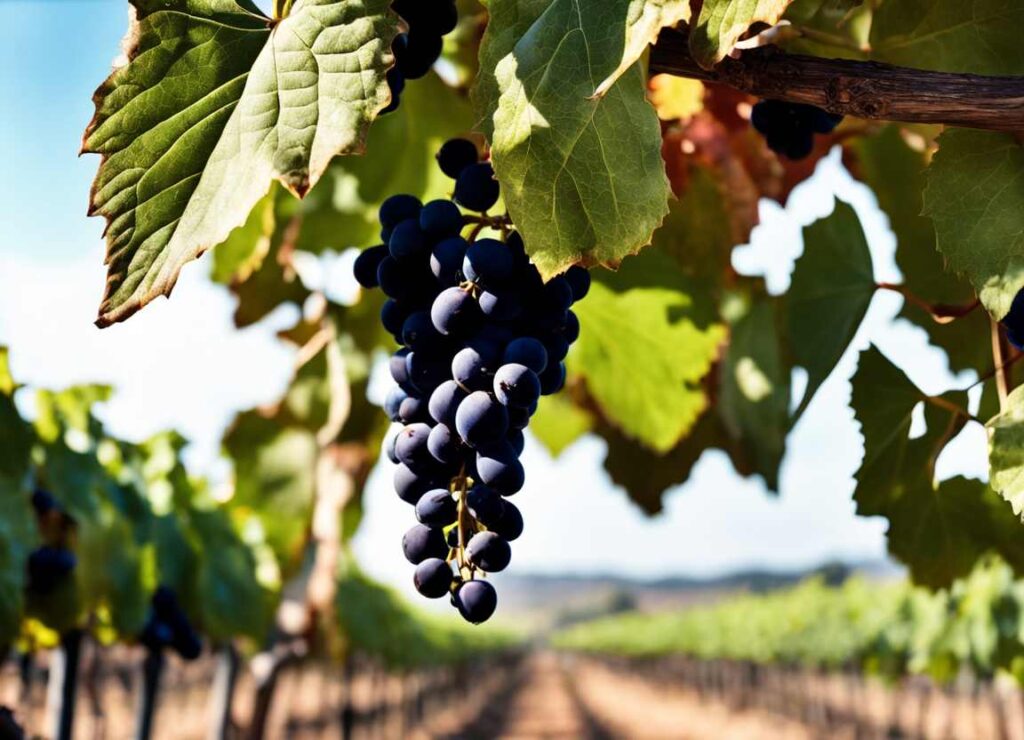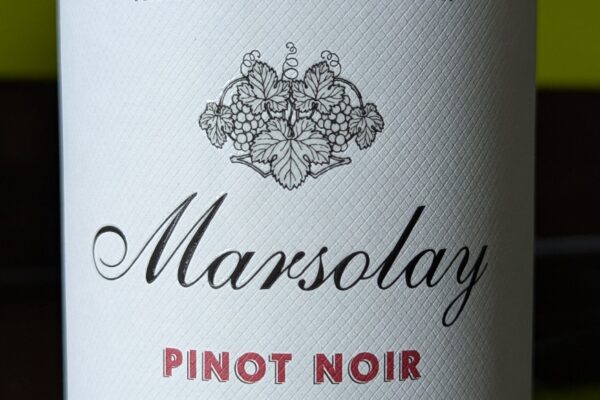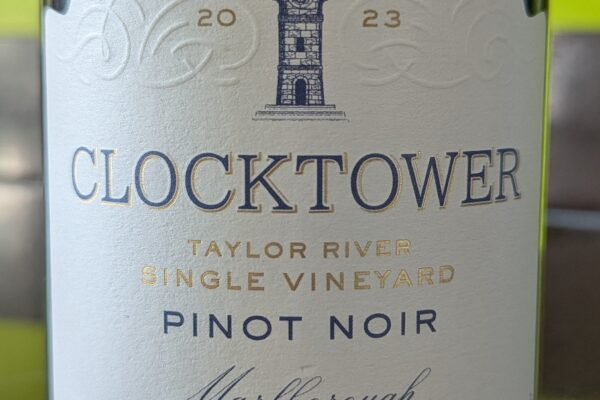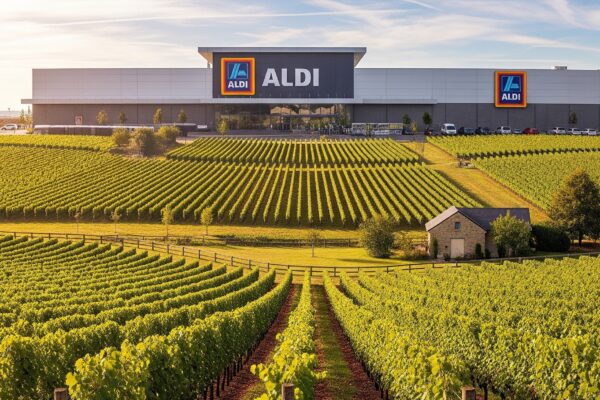
Sustainable wine covers a range of practices aimed at diminishing the adverse impacts of wine production on the planet while ensuring the long-term viability for the industry. At the core of sustainable wine are organic and biodynamic practices. These are concerned with minimising the negative environmental impact of farming and food production and promoting soil health.
The global relevance of sustainable practices in the wine industry is gaining momentum, addressing the challenges posed by the environmental impacts of agricultural processes. Certifications like the Demeter Biodynamic certification are being obtained by numerous wineries, together with demonstrating a commitment towards biodiversity, solar energy, water conservation and other sustainable strategies.
There are several economic benefits associated with sustainable wine production including the long-term viability of land and businesses, cost savings and readiness for potential future international trade certification needs. Furthermore, sustainable wine growing practices are often associated with improved wine quality owing to healthier soil and reduced chemical interventions.
A further consideration is the recycling of waste, specifically wine lees. Research is underway to transform these into medium-chain carboxylic acids (MCCA), which have applications in the making of plasticisers, personal care items, functional feed supplements and fuels.
The health of winemakers and their families and neighbours should also be considered. A recent French study has found a correlation between the density of vineyards near homes and an increased risk of childhood leukaemia. Conducted by the national health and medical research agency Inserm, the study observed that larger vineyard plots heightened the risk of haematologic malignancies in children living within a 1-kilometre radius of wine-growing areas. The research examined over 3,700 cases of paediatric leukaemia registered between 2006 and 2013 and compared them to a control group of more than 40,000 healthy children. The study is part of broader research into the potential pesticide risks for people living near vineyards.
A recent research paper on how French and Italian consumers view different wines discovered that organic and biodynamic varieties are often seen as costly, whereas traditional wine is thought to offer good value. However, wines without added sulphites and organic wines are believed, by consumers, to have health advantages. The level of consumer engagement with wines significantly influences their capacity to distinguish between various kinds of sustainable wine.
There’s also a gap between the sustainability efforts of the alcohol sector and consumer perception. Although the alcohol industry has made strides in sustainability, such as high recycling rates and zero-waste projects, it is failing to effectively communicate these efforts to consumers. A study by Kantar, called the Sustainability Sector Index 2023, revealed that the BWS (Beer, Wine, Spirits) sector ranks low in sustainability perception, just above oil and gas, luxury goods, vapes, and cigarettes. The study also highlights a “value-action gap” of 62%, indicating a disconnect between consumers’ intentions and their actual buying behaviour. This is attributed to a lack of clear information from brands about their sustainability initiatives.
A significant challenge lies in the evaluation of sustainability performance in the wine sector. A recent study exploring the Portuguese wine sector’s approach to sustainability highlighted the need for more robust assessment tools to evaluate sustainability performance accurately.
Here in the UK, WineGB is promoting sustainable guidelines (pdf) for our own vineyards. The guidelines are designed to enhance sustainability in both vine growing and winemaking and are categorised into ‘Minimum Standard’, ‘Best Practice’ and ongoing ‘Evaluate and Plan’. For vine growing, the focus is on maintaining and improving soil health through ground cover and regular soil surveys. Monitoring for pests and diseases is mandatory and the use of multiple plant protection methods is encouraged. Annual records are required for various metrics such as buds per hectare and average bunch weight and plans should be developed to optimise these. The WineGB Carbon Calculator is recommended for calculating the vineyard’s carbon footprint per hectare.
For winemaking, the guidelines emphasise the importance of environmentally friendly winery design and energy efficiency. Regular servicing of machinery is required, and detailed records of energy and water use must be maintained. The guidelines also stress the importance of sustainable packaging, requiring records of products used and periodic evaluations. At least 33% of the winery’s energy should come from renewable sources and the carbon footprint per bottle of wine should be calculated.
The goals of wine sustainability focus on creating a balance between competing factors in the wine industry. The aim is to adopt eco-friendly viticulture practices, reduce waste and minimise the use of water and energy.













